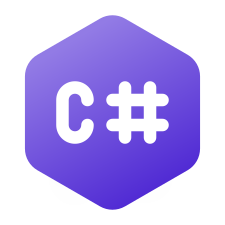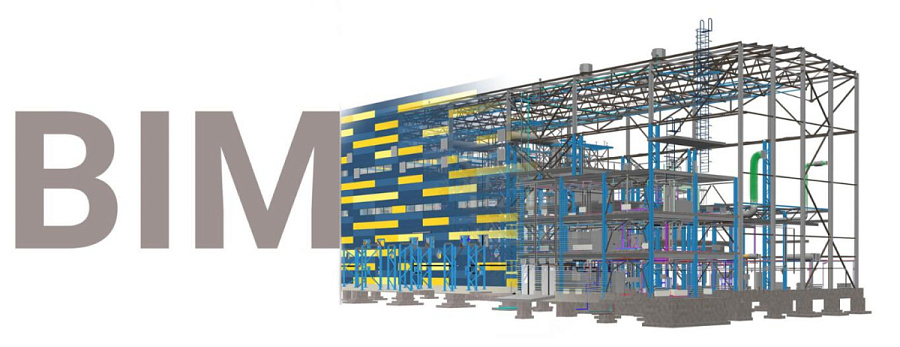C# and ASP.NET Core in BIM
Category
BIM
Date
25.08.2025
Author
Eneca
Share
C# (C-Sharp) and ASP.NET Core are two closely interconnected tools utilized in the development of web applications and web services.
In the realm of BIM design, C# and ASP.NET Core find utility in the creation of custom applications, process integration and automation, as well as BIM data manipulation. Here are a few notable applications of these technologies:
Integration with BIM platforms: C# and ASP.NET Core enable seamless integration of custom applications with BIM platforms like Autodesk Revit, Trimble Tekla Structures, or Autodesk Forge. This integration empowers users to interact with BIM models and data, retrieve information, update models, perform calculations, and more.
Process automation: Through C# and ASP.NET Core, routine tasks in BIM design can be automated. For instance, an application can be developed to automatically generate reports, conduct model conformance checks, optimize workflows, or generate code for configuring objects within the model.
BIM data manipulation: C# and ASP.NET Core provide robust capabilities for working with BIM data, encompassing tasks such as reading, writing, and processing BIM information. This facilitates the development of applications for data analysis, report generation, integration with external systems, and more.
Our plugins
In the realm of BIM design, C# and ASP.NET Core find utility in the creation of custom applications, process integration and automation, as well as BIM data manipulation. Here are a few notable applications of these technologies:

Integration with BIM platforms: C# and ASP.NET Core enable seamless integration of custom applications with BIM platforms like Autodesk Revit, Trimble Tekla Structures, or Autodesk Forge. This integration empowers users to interact with BIM models and data, retrieve information, update models, perform calculations, and more.
Process automation: Through C# and ASP.NET Core, routine tasks in BIM design can be automated. For instance, an application can be developed to automatically generate reports, conduct model conformance checks, optimize workflows, or generate code for configuring objects within the model.
BIM data manipulation: C# and ASP.NET Core provide robust capabilities for working with BIM data, encompassing tasks such as reading, writing, and processing BIM information. This facilitates the development of applications for data analysis, report generation, integration with external systems, and more.

- High performance due to its compilable nature;
- A powerful programming language with extensive capabilities;
- Full access to the functions within the .NET Framework and Revit API;
- Seamless integration with other languages and technologies;
- A vast collection of NuGet packages that extend the language's standard features;
- Ability to create complex graphical interfaces (windows);
- Stricter typing, facilitating debugging and error detection during the compilation phase.
- Complex syntax and a higher learning curve compared to IronPython, particularly for beginners;
- Necessity to acquire knowledge of different technologies, principles, and frameworks such as WPF, ASP.NET Core, MVVM, etc;
- Longer compilation and deployment times when compared to interpreted languages.
Our plugins






